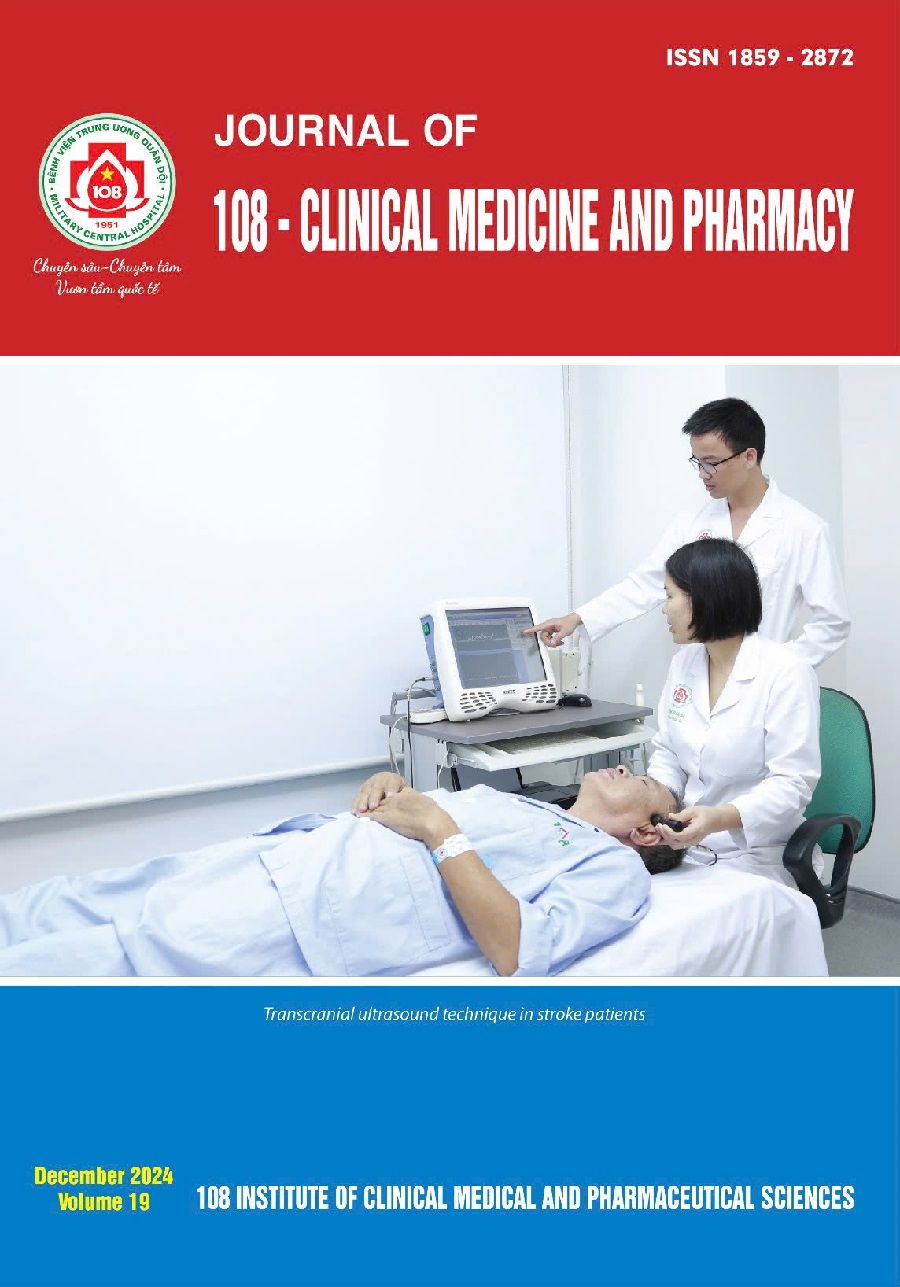Case report: Hereditary angioedema treated with fresh frozen plasma
Main Article Content
Keywords
Tóm tắt
Hereditary angioedema (HAE) is a rare autosomal dominant disease, characterized by recurrence swelling of the skin or mucosal tissue, and may cause airway obstruction. It is caused by C1-esterase inhibitor (C1-INH) deficiency, or dysfunction of C1-INH, therefore increased bradykinin and kallikrein production, which causes vasodilation, increases vascular permeability and localized fluid extravasation results in angioedema. The current recommendation for the treatment of an acute attack of HAE is with C1-INH, or synthetic bradykinin receptor antagonist. However, these drugs are not currently available in Vietnam, and the price is very expensive. Frozen fresh plasma is considered a safe alternative for patients because of its rapid and cheap effectiveness.
Article Details
Các tài liệu tham khảo
2. Busse PJ, Christiansen SC (2020) Hereditary angioedema. N Engl J Med 382: 1136-1148.
3. Saeb A, Hagglund KH, Cigolle CT (2016) Using Fresh Frozen Plasma for Acute Airway Angioedema to Prevent Intubation in the Emergency Department: A Retrospective Cohort Study. Emerg Med Int 2016:6091510. doi: 10.1155/2016/6091510.
4. Prematta M, Gibbs JG, Pratt EL, Stoughton TR, Craig TJ (2007) Fresh frozen plasma for the treatment of hereditary angioedema. Ann Allergy Asthma Immunol 98: 383-388.
5. Caballero T, Baeza ML, Cabañas R, Campos A, Cimbollek S, Gómez-Traseira C, González-Quevedo T, Guilarte M, Jurado-Palomo J, Larco JI, López-Serrano MC, López-Trascasa M, Marcos C, Muñoz-Caro JM, Pedrosa M, Prior N, Rubio M, Sala-Cunill A; Spanish Study Group on Bradykinin-Induced Angioedema (SGBA) (2011) Consensus Statement on the Diagnosis, Management, and Treatment of Angioedema Mediated by Bradykinin. Part II. Treatment, Follow-up, and Special situations. J Investig Allergol Clin Immunol 21(6): 422-441.
6. Misra L, Khurmi N, Trentman TL (2016) Angioedema: classification, management and emerging therapies for the perioperative physician. Indian J Anaesth 60: 534-541.
 ISSN: 1859 - 2872
ISSN: 1859 - 2872
